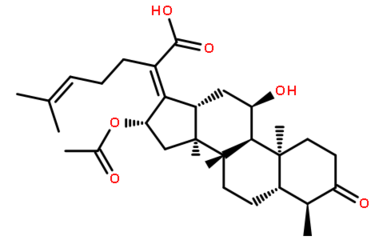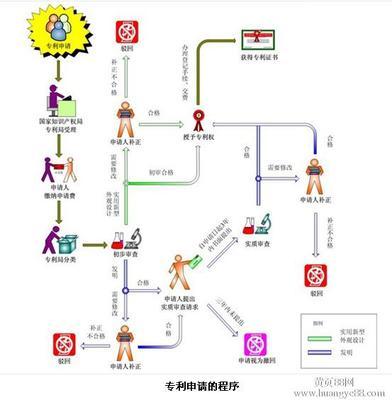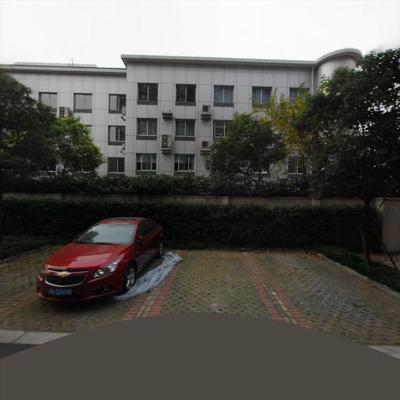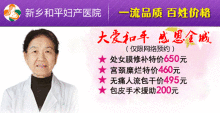1. Content
For a non-specific assay (for example, titrimetry) the assay limits are usually 99.0-101.0% percent (unless otherwise justified). For a specific assay using a separation technique (for example, liquid or gas chromatography), the upper assay limit is normally 102.0 percent; the lower assay limit will take any necessary account of the impurities present and may therefore be lower than 98.0 percent.
2. Characteristic / Appearance
The term “white” is not used without qualification since, if viewed against a standard white material, very few pharmaceutical materials will appear truly white. It is, of course, not intended that such a comparison be made but experience shows that certain users of the Pharmacopoeia may insist on doing so as part of a purchasing contract. The term “white or almost white” is used instead.
In English, the dominant is placed second, whereas in French, it is place first. Expressions such as lemon-yellow, buff, salmon-pink are to be avoided.
3. Identification
Normally, a single set of tests for identification is given. Where justified, in order to give users of the Pharmacopoeia a choice between methods requiring complex instrumentation and other methods, two sets of identification tests may be included. This is usually the case when the substance is used in hospital and/or community pharmacies. Monographs then have subdivisions entitled “First identification” and “Second identification”. The test or tests that constitute the “Second identification” may be used instead of the test or tests of the “Fist identification” provided it can be demonstrated that the substance or medicinal product is fully traceable to a batch certified to comply with all the requirements of the monograph.
3.1 Polymorphism
The general chapter allows for recrystallisation before recording of the spectrum. Where a monograph mentions polymorphism then a method for recrystallisation is described unless it is the intention to limit the scope of the monograph to the crystalline form represented by the chemical reference substance in the latter case the monograph indicates that the spectrum is recorded “without recrystallisation”.
3.2 Ultraviolet and Visible Absorption Spectrophotometry
The concentration of the solution to be examined is such that the absorbance preferably lies between 0.5 and 1.5 measured in a 1 cm cell.
3.3 Specific Optical Rotation
When an enantiomer is described in a monograph, a test for optical rotation is given in the IDENTIFICATION section or a cross-reference is made to the test for enantiometic purity in the TESTS section. When both the racemate (or the racemic mixture) and the enantiomer are available then, in the monograph of the racemate, an angle of rotation will be given in the TESTS section and will be referred to in the IDENTIFICATION section. When only the racemate is available the angle of rotation will be given in the TESTS section, provided the specific optical rotation of the chiral form is known and is of sufficient magnitude to provide a meaningful test for racemic character.
4. Test
4.1 Appearance of Solution
This test makes it possible to ascertain the general purity of a substance by the detection of impurities insoluble in the solvent selected, or of colored impurities.
The “Appearance of solution” test is practically always prescribed for substances intended for preparations for parenteral use. Apart from this it is to be applied only if it yields useful information concerning the general purity of the substance.
It can comprise both tests or one only, namely:
l Clarity and degree of opalescence of liquids (2.2.1);
l Degree of coloration of liquids (2.2.2).
4.1.1 Clarity and degree of opalescence
This test is mainly performed on colorless substances or those which give only slightly colored solutions in order to permit valid comparison with reference suspensions.
4.1.2 Degree of coloration
The test applies to essentially colorless substances that contain, or may degrade to form, colored impurities that can be controlled by limiting the color of solution of the substance.
4.2 Related Substances
Monographs should include acceptance criteria for:
l Each specified impurity;
l Unspecified impurities (previously referred to as “any other impurities”), normally set at the identification threshold;
l Total impurities.
Impurities to be controlled include: intermediates and by-products of synthesis; co-extracted substances in products of natural origin; degradation products. Monographs on organic chemicals usually have a test entitled “Related substances” (or a test with equivalent purpose under a different title), designed for control of organic impurities. Inorganic impurities are usually covered, where applicable, by other tests. Residual solvents are covered by specific provisions.
The acceptance criterion for specified impurities may be set at the identification threshold for the substance.
The acceptance criteria for specified impurities take account of both:
1. qualification data, where applicable, the limit being set at a level not greater than that at which the impurity is qualified; the information on qualification is provided by the producer and the compatibility of the limit with the qualification data and approved specifications is checked by the competent authorities during elaboration of the monograph and/or during the Pharmeuropa comment phase; and
2. batch analysis data, the acceptance criteria being set to take account of normal production; data is provided by the producer for typical batches and checked during elaboration of the monograph on not fewer than 3 batches.
4.3 Heavy Metals
The heavy metals detected by the general methods are those that precipitate at pH 3.5 in the form of dark-colored sulphides through the action of sulphide ions or reagents capable of producing them: lead, copper, silver, mercury, cadmium, bismuth, ruthenium, gold, platinum, palladium, vanadium, arsenic, antimony, tin and molybdenum.

In routine practice, Methods A, B, C, D, F and G are unsuitable for establishing limits below 5 ppm, unless filtration is prescribed. For lower limits, Method E can be used, which makes it possible to go down to 0.5 ppm. In order to ensure limit contents of less than 0.5 ppm, it is necessary to resort to tests specific for each metal which are frequently based on atomic spectrophotometry.
Tests for individual metal catalysts are included where it is known that they are used in the synthesis of an active substance or excipient. Limits take account of toxicity, the route of administration and the manufacturing process.
4.4 Loss on Drying
Generally an upper limit for loss on drying is given. If the substance is a hydrate (or solvate) upper and lower limits are indicated. Drying is carried out to constant mass, unless a drying time is specified in the monograph. When a drying time is prescribed, adequate validation data must be provided. Where the drying temperature is indicated using a single value, a tolerance of ±2°C is understood. For temperatures higher than 105 °C, a larger tolerance should be indicated in the monograph, if necessary.
Limits less than 10 percent should be given with 2 significant figures and limits of 10 percent or greater should be given with 3 significant figures. The sample size is chosen to give a difference of 5-50mg before/after drying and is indicated with 4 significant figures.
4.5 Thermogravimetry
Loss on drying can be determined by this method when the amount of substance has to be restricted, for example to reduce exposure for the analyst or if the substance is very expensive.
4.6 Sulphated Ash
This test is usually intended for the global determination of foreign cations present in organic substances and in those inorganic substances which themselves are volatilized under the conditions of the test. Thus the test will be of little value as a purity requirement for the majority of inorganic salts of organic substances, due to the resulting high bias.
The limit in a test for Sulphated ash is usually set at 0.1 percent, unless otherwise justified. The amount of substance prescribed for the test must be such that a residue corresponding to the limit will weigh not less than 1.0mg and the prescribed mass of substance is then given with the appropriate precision (1.0g).
5. Assay
When the identification and purity tests are sufficiently characteristic and searching, a non-specific but precise assay may be used rather than a specific and less precise assay.
 爱华网
爱华网


